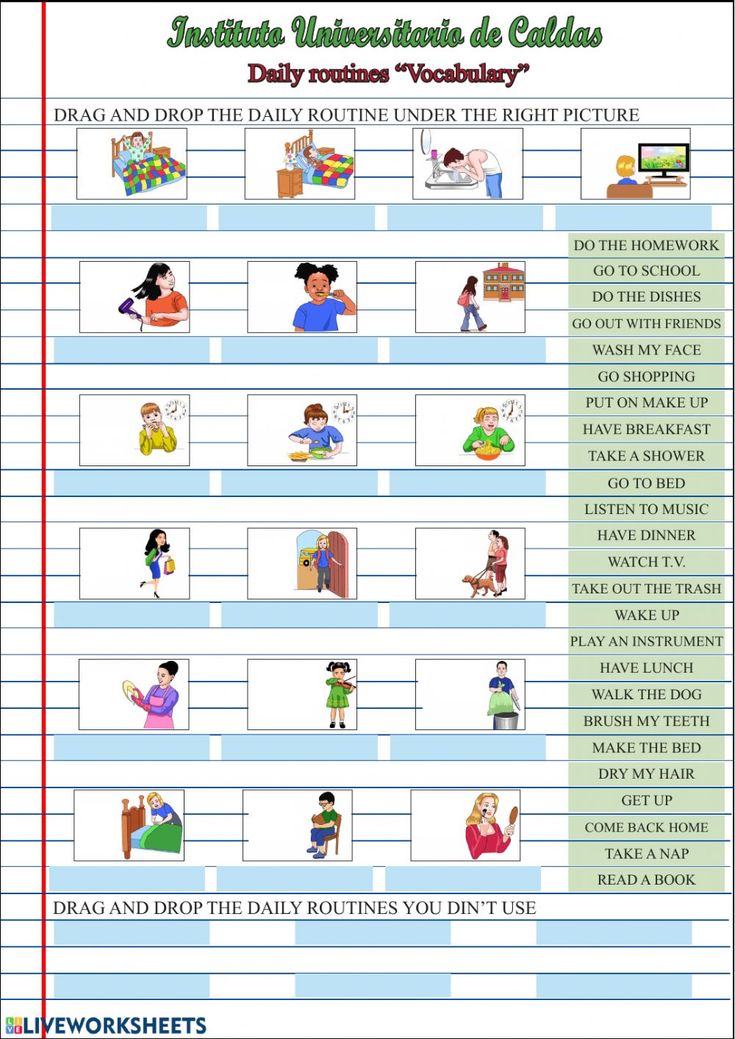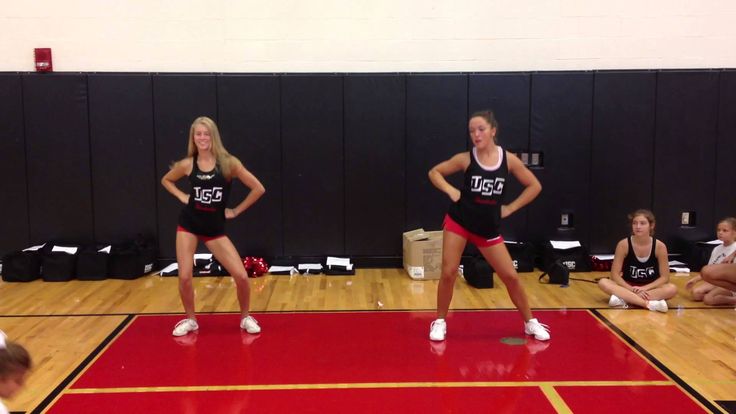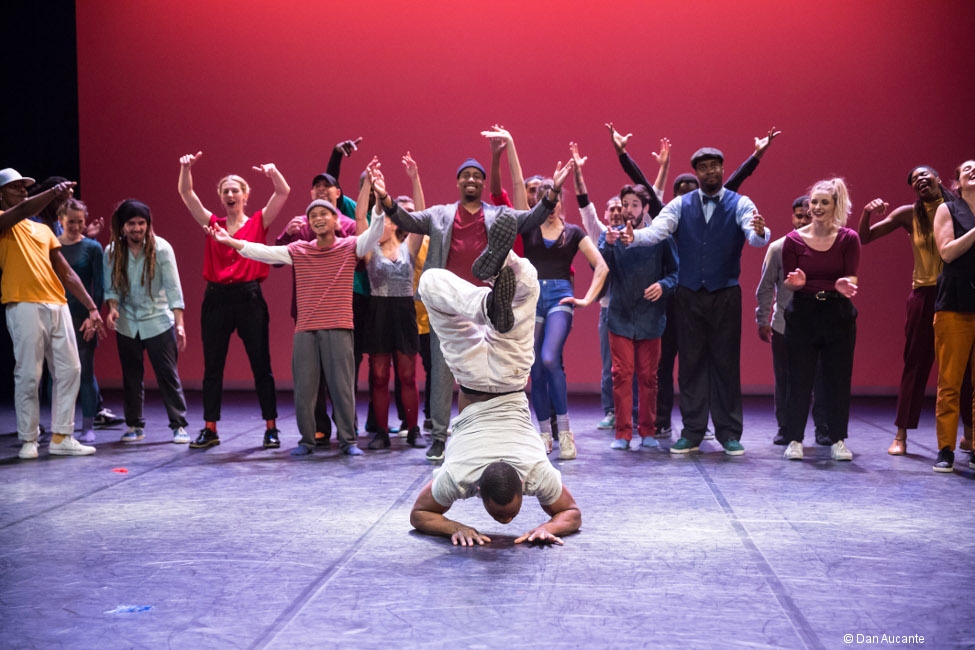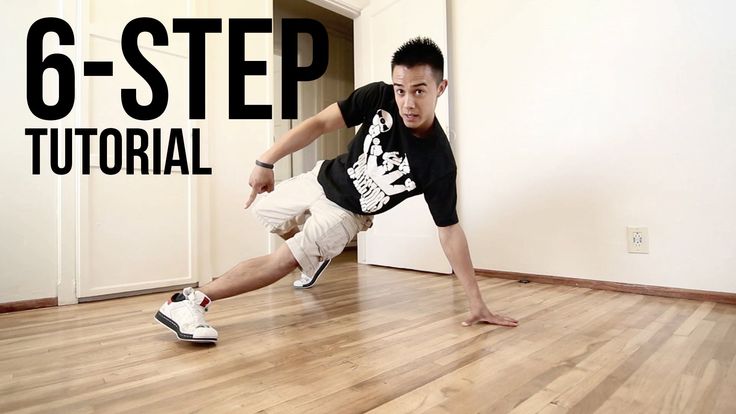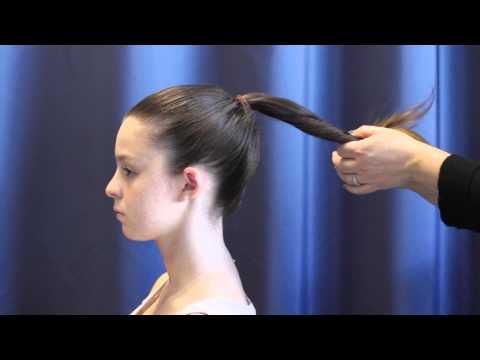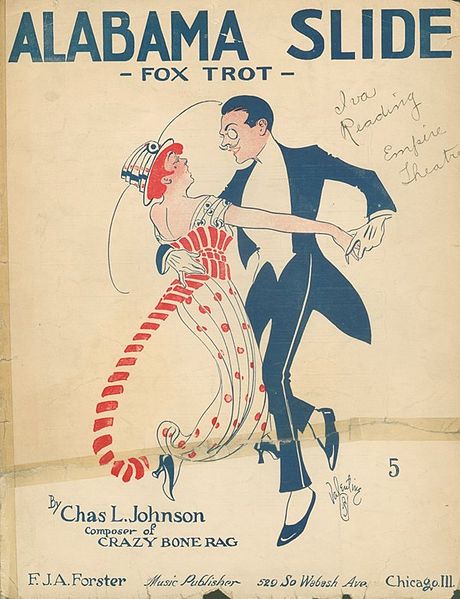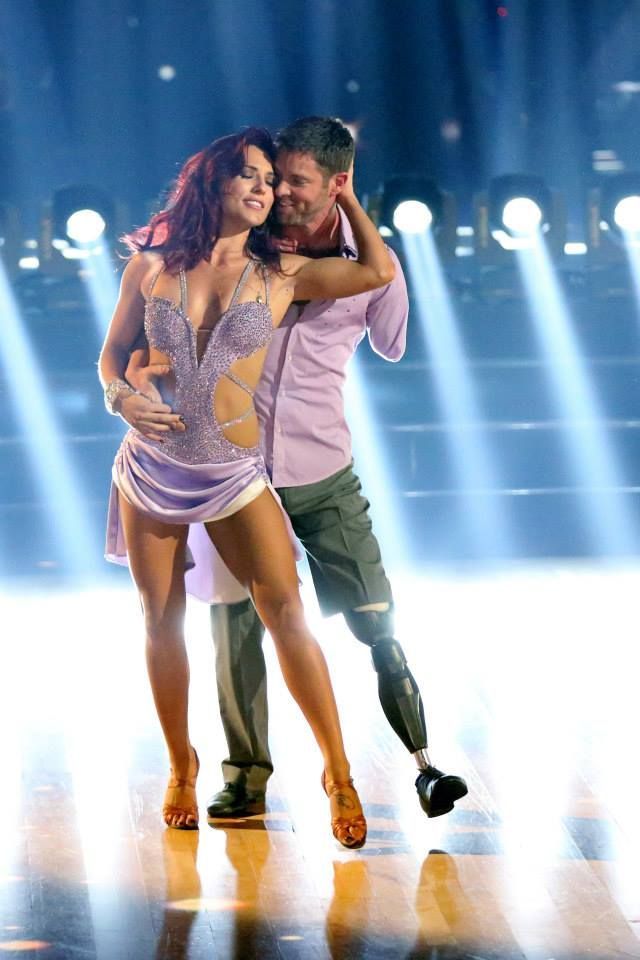How to teach a dance routine
A 4-Step Method to Help Your Dancers Learn Choreography Faster
Todd Rosenlieb, left, of The Governor's School for the Arts. Photo by Victor Frailing, courtesy of Todd Rosenlieb<span></span>
A 4-Step Method to Help Your Dancers Learn Choreography Faster
You’re setting choreography on your class and most of the students are picking it up. One dancer, though, is having difficulty remembering the steps. You review the material several times, but you fear that this is starting to hold back your more advanced students. Still, you’re worried the struggling dancer will be left behind. What is the best way to proceed?
Memorizing choreography is an essential skill for dancers. Fast learners have more time to work on the technique and artistry within a combination, and they are often the first to catch the eyes of directors. Like most skills, learning pace can be improved. Encouraging students to develop their own memorization methods will help them approach choreography with confidence.
Teaching the Steps
The traditional way for dancers to learn choreography is to mimic movement as you teach it. But some students may benefit from first watching you show the phrase. The mirror-neuron theory, a component of ideokinesis (a movement-science visualization method), says that dancers’ own movements are better informed after seeing someone else perform. This means that having students sit and watch you demonstrate a full phrase may actually help their muscles pick up choreography more efficiently.
Some students become stressed out by the amount of information being taught. It may be less intimidating for them to break the movement down into sections of the body. Todd Rosenlieb, chair of the dance department at The Governor’s School for the Arts in Virginia, has these dancers first tackle the feet. “Once they get the rhythm of it, add the upper body,” he says. Rosenlieb also asks dancers to think of the choreography in stage terms. For instance, moving upstage or downstage instead of forward and back can help them understand the space if they get lost or have to reverse the material.
Don’t hesitate to take an extra moment with struggling students in class or rehearsal, but be sensitive to embarrassment and frustration. Singling a dancer out in front of their classmates can undermine their confidence. Having an advanced student take the other aside removes some of the pressure and allows you to continue teaching the rest of the group.
Walnut Hill’s Denise Lewis. Photo by Sharyn Peavey, courtesy of Walnut Hill School
On Their Own
Dancers can create landmarks in the choreography by connecting steps with musical cues. “Students need to see the connection between the music and the physical parts,” says Denise Lewis, associate director of dance at Walnut Hill School for the Arts in Massachusetts. She finds that particularly detailed sections of choreography are retained best when broken down into smaller beats (like “one-e-and-a-two”). “I get a really good result using counts, especially with younger children,” says Lewis.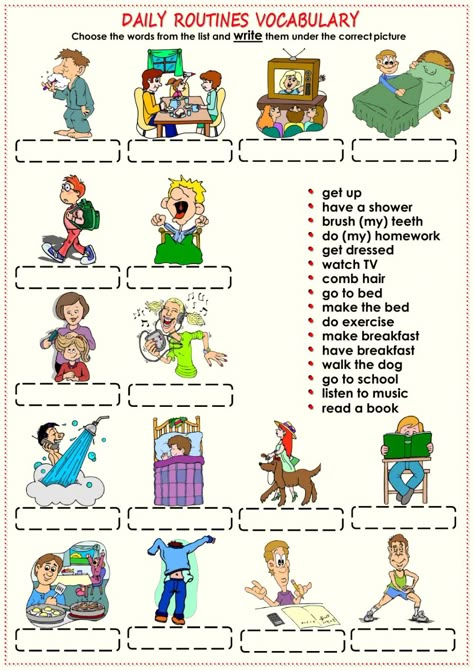 “That kind of clarity eliminates any confusion.”
“That kind of clarity eliminates any confusion.”
Dancers can also create their own keywords, creative names or sounds associated with the movement. For instance, “If you cross your legs and swirl to the floor, call it a swizzlestick,” says Rosenlieb. Singing the word or sound in their heads through the time it takes to complete the step will help them learn the musicality and rhythm. (For similar techniques, see the sidebar “Building Off Imagery.”)
Keeping a notebook to journal a difficult sequence of choreography, as well as corrections given during class and rehearsal, will allow dancers to review what they learned without your help. It also forces them to clearly articulate each movement as they write it down. Give them copies of the music so they can physically or mentally practice the phrases during downtime, like car rides to the studio, before bed or in the shower. “When they have a quiet moment,” says Rosenlieb, “students can close their eyes and visualize the dance and the way they want to dance it.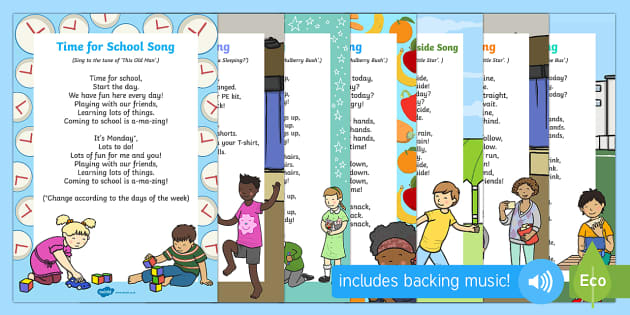 ”
”
Building Off Imagery
Sometimes a vivid mental picture is all it takes to remember steps, says Eric Franklin, creator of the Franklin Method (franklinmethod.com).
1. Create metaphors: Dancers of all levels respond well to vivid images. Instead of putting your arm out and reaching, identify it as “reaching for an apple.”
2. Chain images together: Reach for the apple, kick a ball, open a curtain and jump over a stream. “Dancers who couldn’t remember anything suddenly can remember a very long series of steps,” says Franklin.
3. Identify transitions: The in-between moments are where dancers often struggle the most. Create specific qualities, like “Your shoulder blades are melting down your back like ice cream on a warm day.”
4. Share strategies: Ask students to come up with their own imagery and then teach it to another group of dancers. “Kids love it and they learn a lot more, a lot faster,” says Franklin.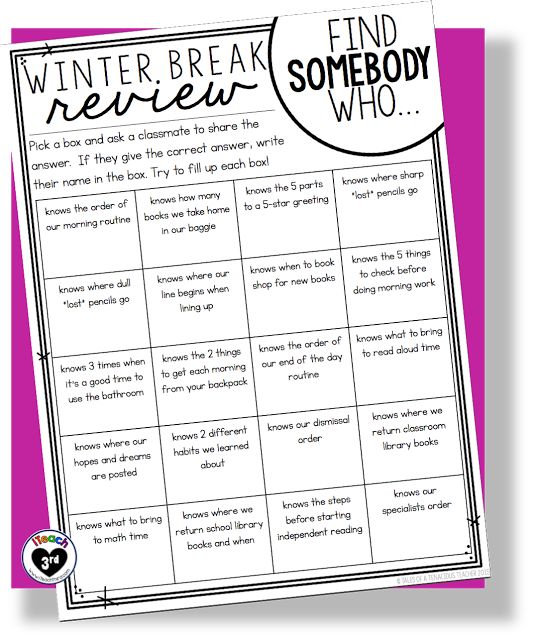 This helps them develop new ways of remembering the same choreography.
This helps them develop new ways of remembering the same choreography.
Effective dance teaching methods » Ausdance
by Ausdance National originally published on in Australian guidelines for teaching danceIn This Article
Use effective and safe teaching methods
Consider:
- the type of class (community, social, school, studio, professional etc)
- participants' age, stage and needs
- the dance style/genre
- class size and venue.
Lesson planning
Consider:
- the aim of class or teaching program
- pre-testing for prior knowledge/understanding
- skill levels and age
- logical, suitable and safe progression beginning with warm-up and stretching
- students’ emotional, physical and intellectual development and/or limitations
- a graduated workload, i.
 e. frequency, intensity, duration and type of dance.
e. frequency, intensity, duration and type of dance.
Create a positive learning/teaching environment
Make sure that the:
- teaching is supportive, encouraging and non-threatening
- goals are clearly stated
- students respect the rights of others to be taught and to learn
- students are given equal opportunities to learn and develop their dance skills
- teachers encourage students to accept reasonable challenges and to take risks with teacher support
- students support each other in challenging or risk-taking activity
- cultural, gender and age differences and different physical and learning abilities are reflected in fair and inclusive teaching/learning practices.
Demonstrate positive communication skills
- Discuss your goals and expectations of a class, program or course.
- Give clear instructions, explanations and demonstrations in verbal, non-verbal, audiovisual and written forms.
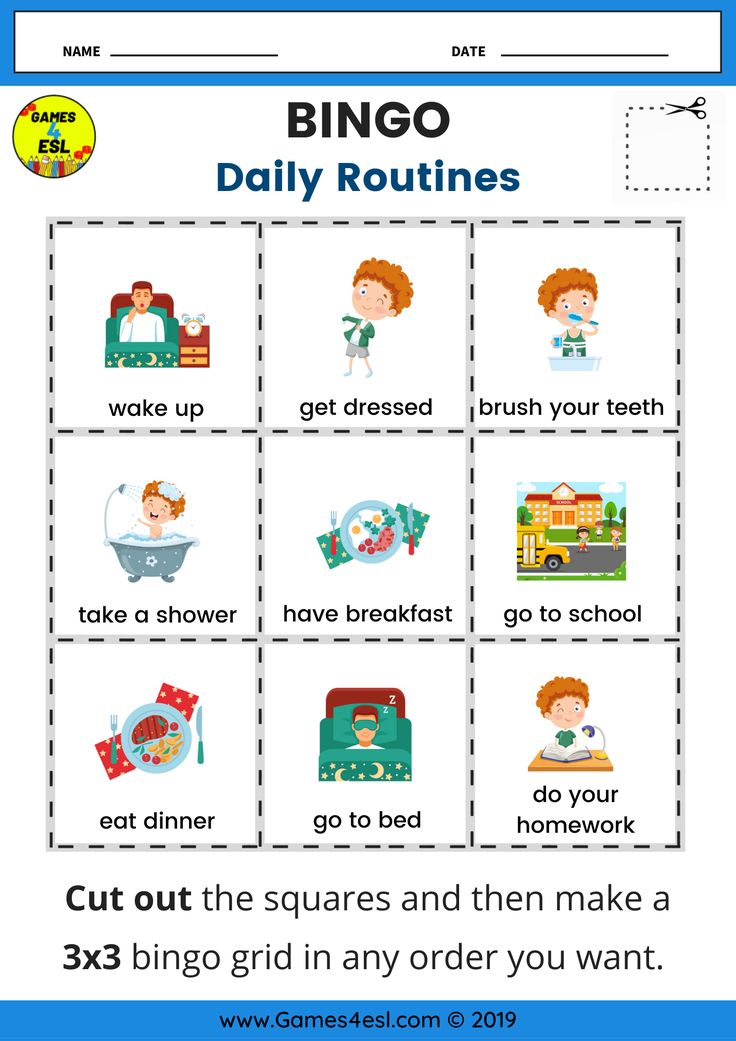
- Create a safe, friendly and positive atmosphere.
- Adapt your language to suit the age and experience of students
- Give regular verbal feedback that respects students and helps them develop as independent learners.
- Help students to reflect, evaluate and share knowledge.
Be a positive role model
- Show your love for dance with energy and enthusiasm.
- Set clear goals and expectations.
- Use language that shows respect for students and staff.
- Teach safe dance principles; non-judgmental attitudes; positive body image; punctuality, planning and preparation.
Pedagogy—develop and use dance teaching practices
Level 1
- Respect students’ personal space.
- Encourage a healthy awareness and understanding of the physical nature of dance.
- Use verbal explanations and show correct stance/movement.
- Before any physical contact, tell the student why and how contact is needed.
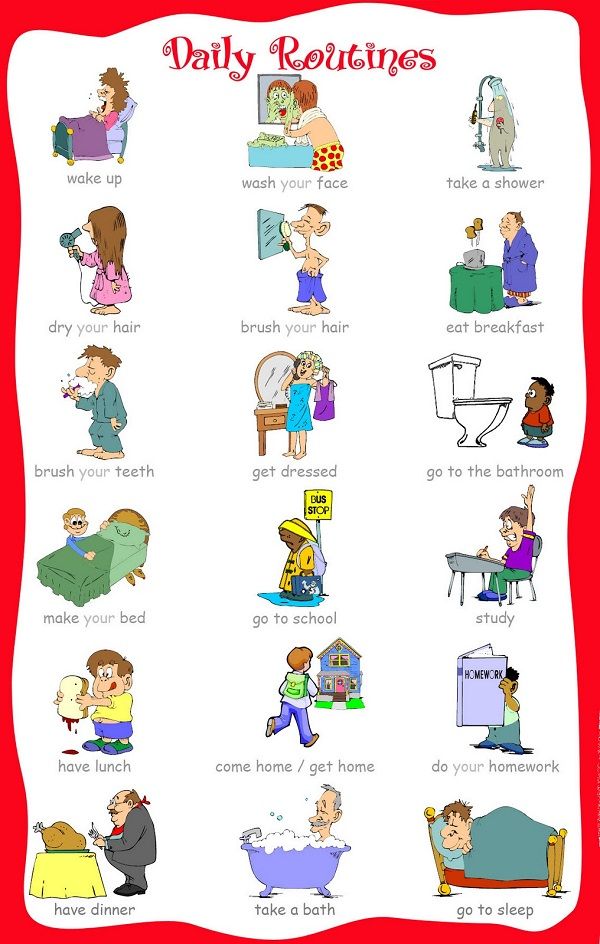
- Show different approaches to a task, movement or problem solving exercise.
- Allow exploratory learning by encouraging students to talk about ideas and processes.
- Use positive approaches that give students information, confidence, encouragement and a willingness and desire to practice and improve their dance skills.
- Be sensitive to social, economic and cultural contexts, expectations, language and themes.
Level 2
- Recognise and be sensitive to the external lives/pressures that students (particularly adolescents) are experiencing.
- Monitor issues that relate to dance training and talk with a student about concerning symptoms.
- If needed, discuss issues with colleagues, parents and carers, while being sensitive to a student’s right to privacy.
- Be aware and adhere to teacher responsibility to Mandatory Reporting regulations (check your state legislation).
- Refer students and parents/carers to other dance and health professionals with sensitivity.
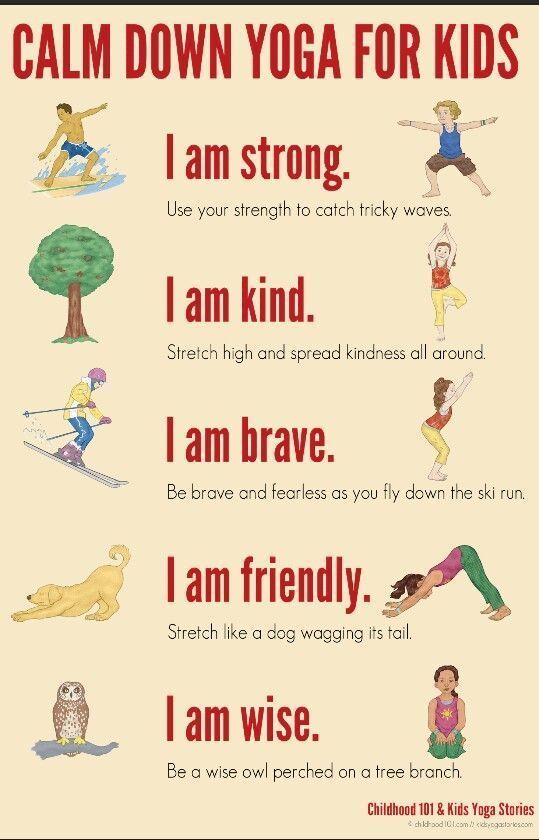
- Use terminology and explanations which are understood by students.
- Include assessment as an informal or formal gauge of progress.
- Place dance as an art form in its historical, social and cultural contexts according to the style taught, and the training level.
- Help students learn to relate dance practice and theory.
- Give students learning opportunities which develop and recognise different learning styles.
- Use various teaching resources and modes of learning.
Self-development and career development
Level 1
- Invite and welcome honest feedback from parents, students and colleagues.
- Make time to talk with students, course leaders, school or institution leaders and parents or carers about issues affecting individual students, classes or groups.
- Find opportunities for learning and development.
- Find opportunities for learning and certification as a dance educator.
- Learn about lifelong learning practices.
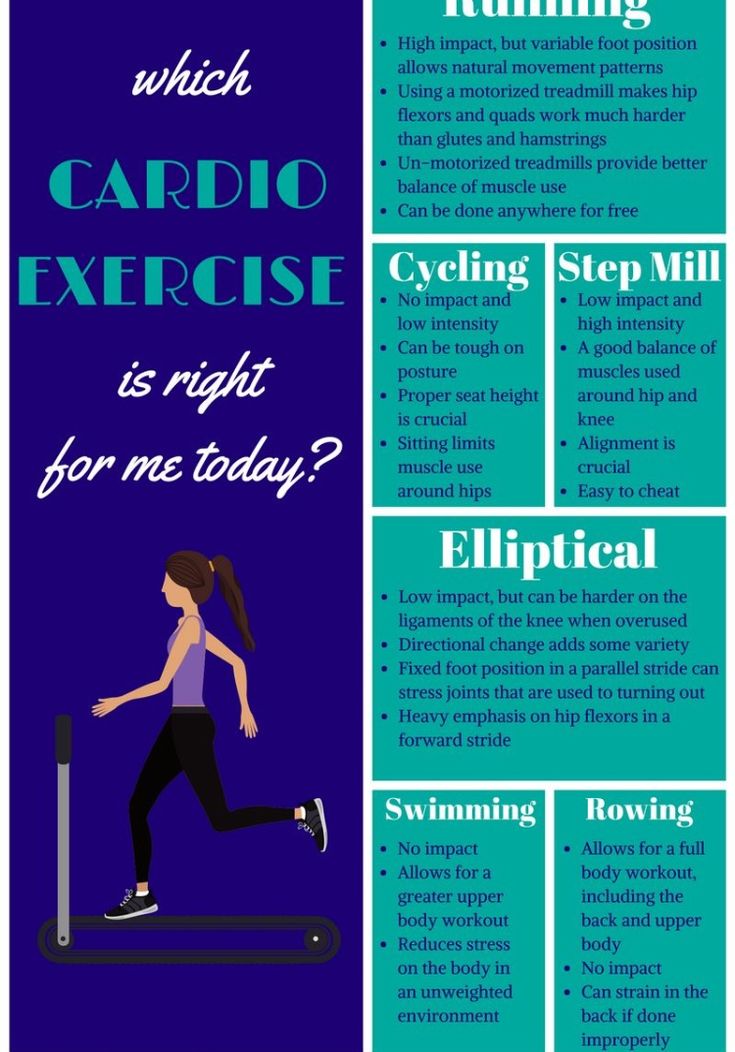
Professional development
Maintain knowledge and expertise in your chosen genre and style of dance; develop a broad knowledge of dance; enrich your qualifications.
Level 1
- Attend performances and read dance-related material.
- Develop your awareness and knowledge of different stage crafts.
- Enroll in teaching, stage craft, health, fitness and business management courses.
- Encourage employed staff to do professional development.
Level 2
- Make sure your professional knowledge is current and qualifications are upgraded through a teaching or syllabus organisation.
- Attend professional development workshops or short courses.
- Maintain or subscribe to a professional journal or library.
Encourage self-expression and creativity
Level 1
- Include regular times for students to use imagination, expressive skills and creativity.
- Teach students the elements of composition using the relevant style or genre.

- Use different creative stimuli and models of self expression.
- Use a developmental approach (creative scaffolding) to build creative skills along with technique development.
- Include time to develop performance skills.
- Give students access to other teachers or artists (workshops, summer schools and special events) to stimulate creativity through new ways of thinking about dance.
- Recognise the subjective nature of creativity.
Level 2
- Help students develop independence, problem-solving and decision-making skills.
- Recognise individual learning styles and offer choices so each student has practice with problem solving and decision-making.
- Make sure that programs/curriculum let students choose class tasks, projects or electives that allow creative growth.
- Use technical training as a tool for expressive development and creative growth.
- Give students tools to assess their expressive and creative development.
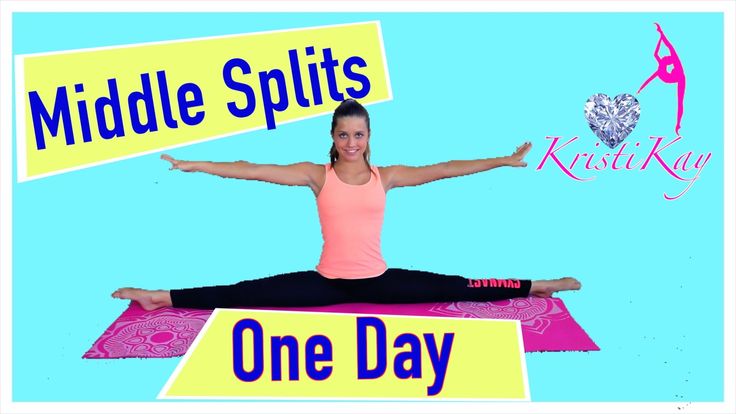
- Give students opportunities and support their interest in dance experiences beyond their educational setting
- Encourage use, review and criticism of dance-related material
- Facilitate or encourage attendance at rehearsals, performances, exhibitions and performances in dance and other art forms
- Support students to audition for events or performances or take part in activities/workshops where they can work with other teachers, choreographers or directors to enhance their
- Understanding of creative processes, performance and professional expectations.
Use assessment and reporting procedures
Note: There are teaching situations such as community and recreational dance instruction which do not require or expect formal assessment and reporting.
Assess the work of students against criteria
Level 1
- Give students regular verbal or written feedback that includes praise and identifies areas for improvement.
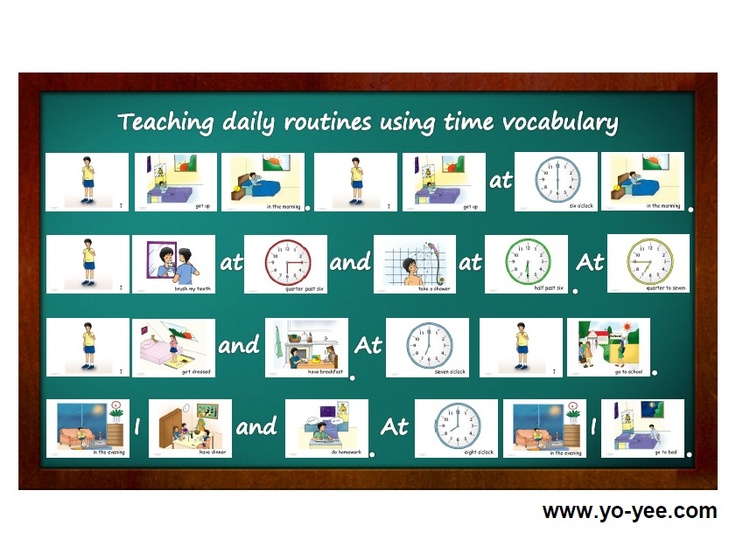
- Let students discuss and receive feedback about work in development (technique, creative work and theory).
- Give progress reports to parents and students.
- Before assessment, make sure students understand the assessment measures.
- Use external standards or assessors to moderate your assessment process.
- Deal privately with sensitive assessment and achievement issues.
Give parents and students an accurate assessment of dance potential
Level 2
- Give regular verbal and written descriptive assessment (which includes marks or grades), and some independent assessment.
- Give honest opinions about a dancer’s potential or readiness to pass an exam or succeed in an audition.
- Use criterion-based assessment which can be complemented by subjective opinions, references and statements.
Provide vocational support for training and careers
Level 2
- Encourage students to complete their school education and to develop interests both within and outside dance.
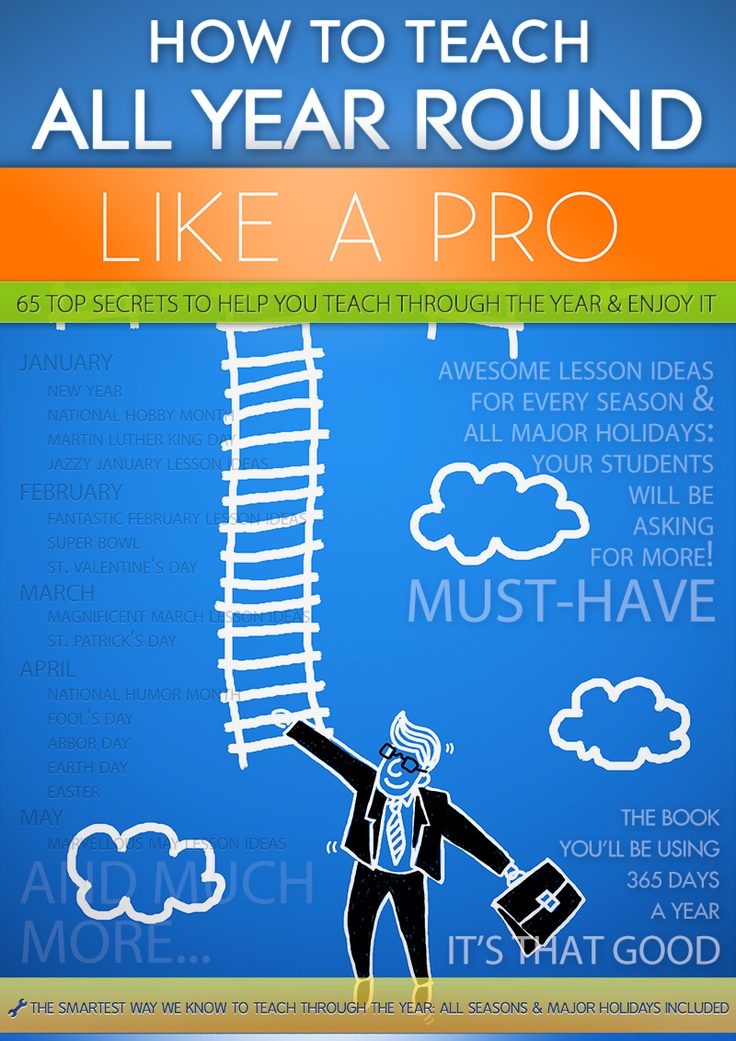
- Give students resources, structures, educational counselling that helps them complete Year 12 and receive university admission ranking.
- Encourage students to gain experience in dance and theatre related work.
- Give students access to professional career counselling.
- Give students work, career and transition planning tools.
Author
Ausdance National
We lead a network of Ausdance organisations that deliver integrated programs across the country, anticipating industry issues and providing innovative and inclusive responses.
Ausdance National now operates as a voluntary organisation, and continues its work through its own National projects and programs. Read about our contributions to the Australian dance sector.
Through advocacy, Ausdance National aims to:
- Lead and shape dance policy development and debate.
- Provide a national voice for dance and dance education.
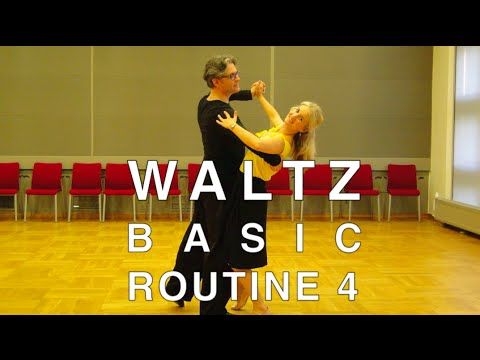
- Identify and promote diverse forms of dance and dance practice.
- Encourage access to and understanding of dance.
- Foster national and international links with dance and dance-related organisations.
View more from Ausdance National
Colophon
© Ausdance National 2011
This is the second edition of The Australian Guidelines for Teaching Dance which was orignally published in 1998. The content has been updated by Jane Pamenter and edited by Rachael Jennings and Leanne Craig in consultation with selected professionals from different sectors of the dance education industry.
The original guidelines were based on draft competency standards developed in 1994 and 1995 by Arts Training ACT and Ausdance ACT in response to community demand. They support the Code of Ethics developed by the teaching profession in 1986 and 1987 and the Safe Dance Project Report 1990, which increased community awareness of the need for dance teachers to maintain and upgrade their qualifications in injury prevention and management.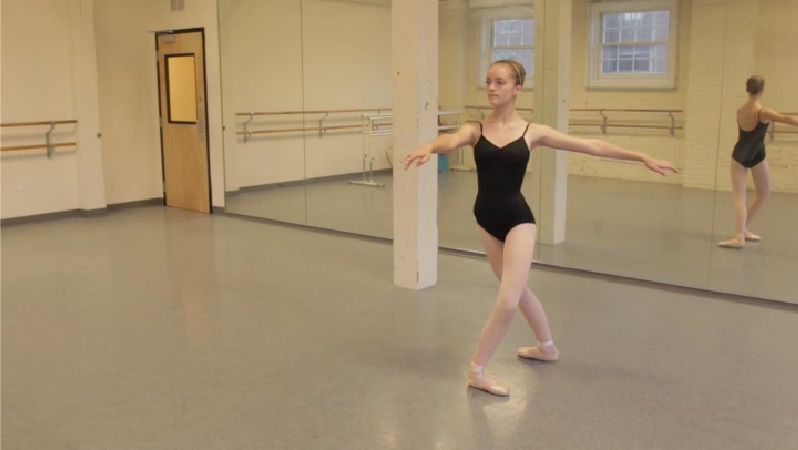
Thanks to Ruth Osborne, Maggi Phillips, Kylie Hunter, Irene Lind, Charmaine Hallam, Jacqui Simmonds and Fresh Funk.
Posted under: Teaching dance, Teaching methods, Factsheets + guides
Colophon
How to dance with a child at home. Tips from experts on how to teach children to dance on their own
Contents
Dancing is a natural human state. Starting from the age of 6-8 months, babies begin to move with pleasure to the beat of music, and having learned to walk, they stomp to their favorite songs. Between these spontaneous movements and a real expressive dance is not such a big gap. But to dance really fully and physiologically correctly you need to learn. And dance classes are very useful for children, and, importantly, give the children pleasure. Consider when to start learning to dance and how best to build homework with young children.
The benefits of dancing for the development of the baby
First, let's figure out whether it is necessary to dance in childhood and whether regular dancing classes bring benefits to the development of the child.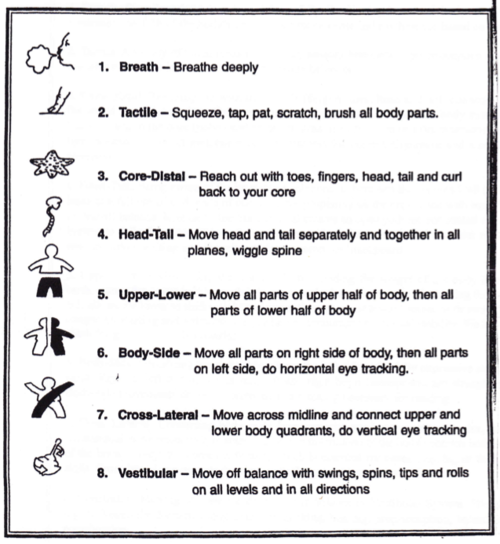 First of all, dance is a motor activity that is necessary for every person. Classes contribute to a harmonious load on all muscle groups, make the child more resilient and dexterous, improve his coordination and orientation in space.
First of all, dance is a motor activity that is necessary for every person. Classes contribute to a harmonious load on all muscle groups, make the child more resilient and dexterous, improve his coordination and orientation in space.
In addition, dancing develops:
- flexibility;
- hearing;
- sense of rhythm;
- ability to understand music;
- creativity;
- formation of neural connections.
Dancing trains memory (the child has to memorize movements), helps to gain a beautiful posture and self-confidence. Classes contribute to the development of intelligence, the ability to concentrate on tasks, the ability to set goals and achieve them. All these skills will be useful to the child not only in further schooling, but also in adulthood.
We must not forget about social development. Even if you decide to study on your own at home, the baby has to interact with you, the child learns discipline, learns to listen and understand an adult, perform new tasks, and overcome laziness.
Even more benefits from teamwork. Here, kids learn to interact with each other, in practice they understand how important mutual assistance is, if the dances are paired, then they master the distribution of roles in the dance and gain communication skills.
At what age to start dancing with a child
It is possible to teach a child to music at an early age. You can play music for newborns, sing lullabies or funny nursery rhymes to your child. When the baby begins to coordinate his movements, add stomping, clapping, give the child a tambourine, spoons, bells or drums. You can also take the baby in your arms and move yourself to light music. Such joint exercises help to form a sense of rhythm.
As for regular classes, it depends on the individuality of the child. Some children are able to perform simple movements as early as 2-2.5 years old, and some find it difficult to concentrate on classes even at 4. . If you think that your baby is already ready, try some joint activities at home, if it doesn’t work out, put your attempts aside for a while.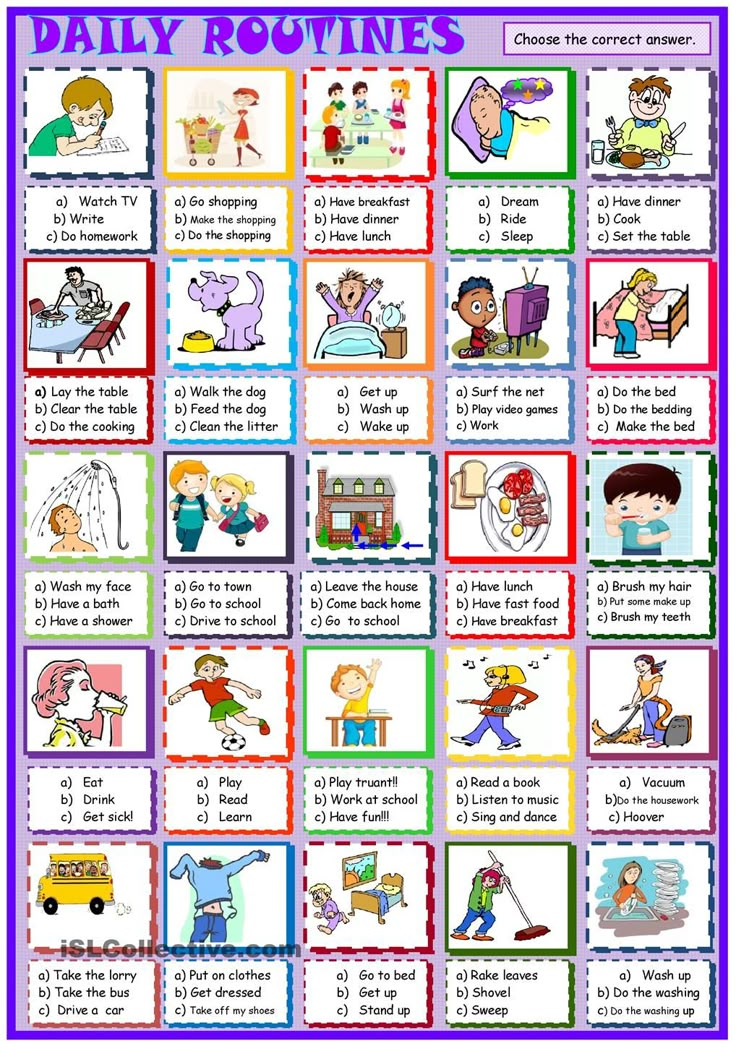 There is no need to rush things and force the child to do what he is not yet ready for. This can discourage not only dancing, but also other activities.
There is no need to rush things and force the child to do what he is not yet ready for. This can discourage not only dancing, but also other activities.
How to properly start learning and get your child interested
As already mentioned, the main thing is not to rush things and approach learning smoothly. It is also important to interest the child, because if the baby himself wants to learn to dance, then it will be much easier for him than if he simply fulfilled the desire of his mother.
At the conscious age of a child, you can start showing performances of professional dancers, children's groups or solo dances of his peers. Choose colorful and understandable numbers, try to choose not too long programs to watch with fairly simple choreography and clear rhythmic music.
Ask the child if he wants to learn to dance too, dance with him yourself. Even if he never managed to get into the rhythm, praise him, tell him that he will make an excellent dancer.
It is worth noting that here parents may encounter some difficulties. The fact is that most children are absolutely sure that they already know how to dance. Preschoolers are incapable of being critical of themselves. To them, antics and chaotic jumps in front of the mirror seem no less beautiful than the perfected pirouettes of a professional ballerina. In no case do not convince the child that he still knows nothing. Show him some more difficult movement and offer to practice more to learn. Offer to learn a specific little dance, etc.
The fact is that most children are absolutely sure that they already know how to dance. Preschoolers are incapable of being critical of themselves. To them, antics and chaotic jumps in front of the mirror seem no less beautiful than the perfected pirouettes of a professional ballerina. In no case do not convince the child that he still knows nothing. Show him some more difficult movement and offer to practice more to learn. Offer to learn a specific little dance, etc.
Another incentive that can be used is professional clothing. Even with self-study at home, buy ballet flats for a child, a swimsuit and a tutu for a girl, and beautiful dance pants and a T-shirt for a boy. Take a trip to a specialty store with your child, let him choose the right clothes for dancing for himself, do not argue, even if you get a completely wild combination of colors. The child will definitely want to wear a beautiful, self-chosen outfit and try it out in class.
Sign up for a trial lesson
Choose movements that children can do and gradually increase their difficulty.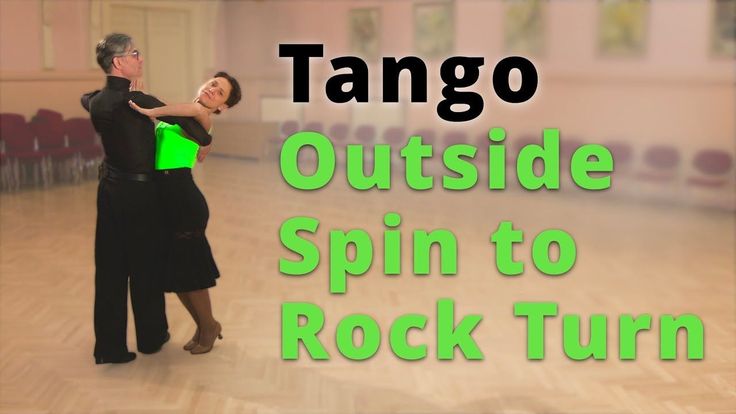 You can try the following items:
You can try the following items:
- stomps and pops;
- side steps;
- squats.
The first dance moves should be clear and not multiple, gradually complicate the compositions.
How to choose music
Classes with a child should not be monotonous and boring. Small children cannot work for hours to the same melody, honing movements to perfection. Therefore, you need to pick up a whole collection of music suitable for classes.
Of course, you need to purposefully learn dance compositions and links, and not just move to the music (although the latter is also good), but try to diversify your classes. You can use different melodies:
- for warm-up;
- for musical breaks during class;
- for coordination and stretching exercises, etc.
Be sure to consider your child's preferences, age and temperament when choosing music. If you have a fidget growing up, choose fast, rhythmic music. If the child is a little slow and thoughtful, calm smooth melodies will suit him.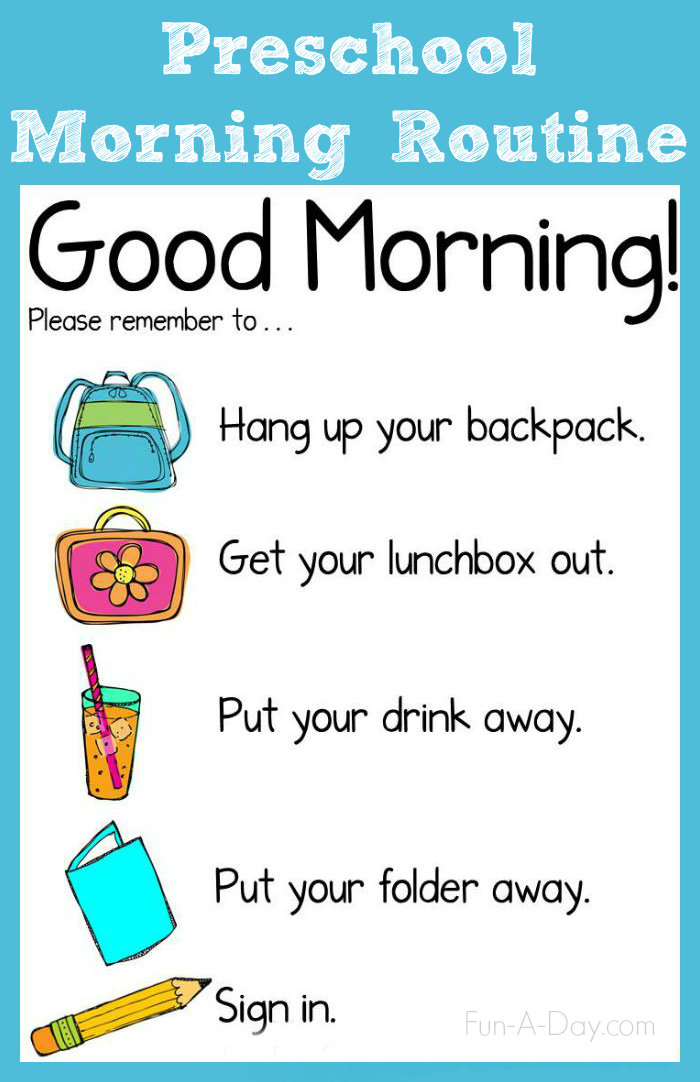
It is also important that your baby likes music. You can try dancing to tunes from your favorite cartoons or to popular children's songs. Gradually diversify melodies, introduce classical music. This will allow not only to learn how to dance, but also to acquaint the child with a variety of genres of music. For example, five-six-year-olds are quite capable of mastering musical compositions to Tchaikovsky's The Nutcracker or Shostakovich's Dancing Dolls.
Professional advice: how to properly dance with children and what not to do
- All classes for preschoolers should be conducted in a playful way, all movements should be accompanied by words. Children have a well-developed figurative imagination, and if in the process of training you “walk like a duck”, “flap your wings”, jump like a grasshopper, then the baby will quickly remember all the necessary movements and postures.
- Change your activity more often. Even a six-year-old cannot concentrate on one activity for more than fifteen minutes.
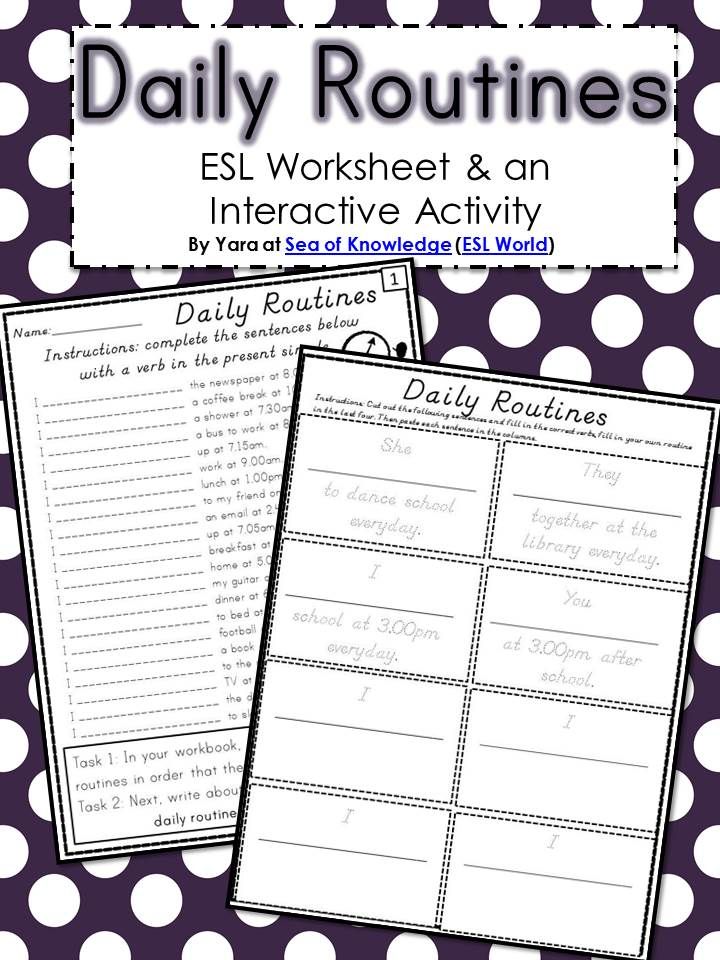 Your lessons should be dynamic. You can, in addition to warming up and learning dance, include elements of finger gymnastics, outdoor games and arbitrary rhythmic movements to music, stretching exercises, etc. in your classes.
Your lessons should be dynamic. You can, in addition to warming up and learning dance, include elements of finger gymnastics, outdoor games and arbitrary rhythmic movements to music, stretching exercises, etc. in your classes. - Never force a child to do something that greatly exceeds his current abilities. If something does not work out, do not scold the baby and do not focus on failure, just switch to another activity.
- Never yell at a child, scold or make harsh remarks. If the kid does not succeed, he indulges or simply does not want to listen to the teacher, show patience and tact. This will give better results than criticism and swearing.
- Do not make the lessons too long. With three-four-year-olds, you can practice for 45 minutes maximum. In this case, you should change the type of activity every 10-15 minutes. The older the child gets, the longer your lessons can be (but no more than one and a half hours) and the longer you can practice each movement or exercise.

- Dancing for yourself is wonderful. However, you should also think about the audience. Public speaking is an important stage in a child's development. They teach not to be afraid of the public, give self-confidence, allow you to share your success with the audience. You need to not only learn dance compositions, but also think about where and how your child can demonstrate their art. Arrange concerts for grandparents, for other relatives. If the baby attends kindergarten, arrange with the teachers so that he performs with a learned number at the next holiday. Invite your child to prepare a room for a family holiday or for the birthday of one of his friends. Such performances will allow the child to be liberated, determine the purpose of the classes, evaluate their progress, and maintain interest in training.
- It is possible that sooner or later your little one will outgrow home workouts. Then it will be possible to find a good dance school for him. From a certain age, it is more interesting for children to work in a team, in addition to communication, the child is waiting for performances, preparing costumes and other pleasant moments associated with the life of a professional dancer.
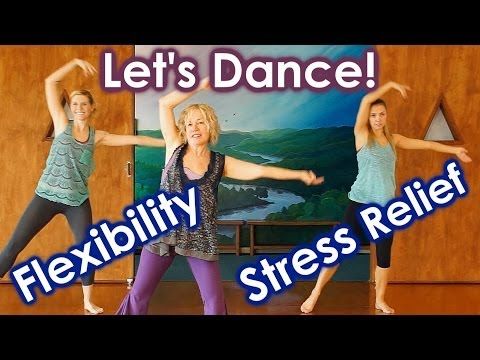
- Children learn the world by copying adults. Therefore, you should not just give instructions, but be a part of what is happening. This is especially important if you are practicing individual homework. Show your child the movements, repeat it with him, participate in games and do a warm-up.
To teach dance to your child, it would not be bad for you to be able to dance beautifully and know the basics of popular styles, and if you have already done choreography, upgrade your skills. Sign up for a trial lesson at the La Boca dance club. We offer training in various dance styles, and you can choose what you like: from classical choreography to hip-hop. Be sure that beautifully dancing mom and dad will be the best incentive for your child who does not want to be left behind!
For you, PARENTS! | TSC Style
Why sport dancing?
It is not so easy for parents in today's world to choose an activity for their child.
The choice is really great: sports clubs, dance studios, art and music schools, dance studios.
How to determine what the child has the ability to, and what is better not to waste time on?
Should be guided by the desire or unwillingness of the child?
There are no definite answers to these questions. It is good if the child likes what he is doing, but there will be nothing wrong with the fact that parents at the initial stage will be persistent in choosing, having analyzed all the possible pros and cons.
The first , in our opinion, worth a try :
Children's ballroom dancing!
Why? Beautiful, cool and very high quality!
Judge for yourself.
DanceSport Universe
“They got together. Wave and stone, Poetry and prose, ice and fire…” A.S. Pushkin
Sports ballroom dancing is an amazing, absolutely self-sufficient world, standing on two "pillars": European and Latin American dances.
European dances:
· Slow Waltz
· Tango
· Vienna Waltz
· Foxtrot
· Quickstep
aristocratic, noble, but, at the same time, energetic and temperamental! Adult dancers are performed in tailcoats and long ball gowns.
Latin American dances:
· Samba
· Cha-cha
· Rumba
· Paso-Belief
· Jayv
Dynamic, passionate, very emotional! Hence the nature of the costumes in adult dancing - bright and extravagant.
Two galaxies, two philosophies, very different, but very similar, like two sides of the same coin.
Only 10 competitive dances, but as many as 10 characters! 10 different lives lived from beginning to end, each of which, performed by masters, will not leave indifferent any person on Earth!
A sea of creativity, an ocean of fantasy, a firework of emotions and, at the same time, a strictly regulated, detailed system with specific “rules of the game” on all points - from categories of athletes to competition rules, dance costumes and referee evaluation.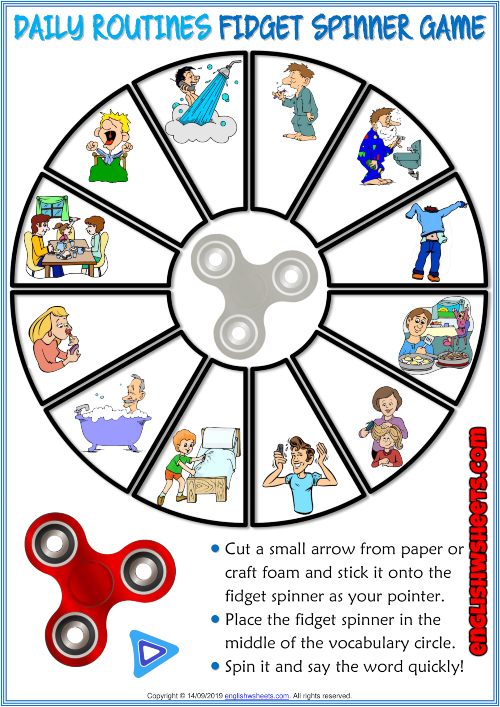
No anarchy.
Everything is clear, understandable, reasonable.
Arts and sports.
Ideal training system
By and large, the process of learning in ballroom dancing is nothing revolutionary. It would seem that everything is like everywhere - moving from simple to complex .
But!
The main difference from analogues is that the preparation system is thought out to the smallest detail .
In the early stages of learning, children focus on the essentials. They consistently and methodically learn the basic, standardized figures that form the basis of each of the two dance routines. They sew inexpensive , very discreet, albeit beautiful costumes, so as not to distract from the meaning of the classes - DANCE!
- First learn 2 dances (out of 10), one of them is European - slow waltz , the other is Latin American, cha-cha-cha .

- At each next stage of training, 2 dances are also added - for the slow waltz comes quickstep , for cha-cha-cha - samba .
- Then the "king of dances" is added to the slow waltz and quickstep - Viennese waltz , and to the samba and cha-cha-cha - the most "groovy" Latin American dance - jive . The next step — the dancers rise to a new qualitative level in their development — they begin to study tango — the most passionate and temperamental dance of the European program and rumba — the most lyrical and sensual dance of the Latin American program.
- And, finally, , as a rule, at junior age, the dancers approach the cherished line - the study of the last 2 dances: foxtrot - the most difficult dance of the European program and paso doble is a no less complex dance of the Latin American program, conveying the character of a bullfight.
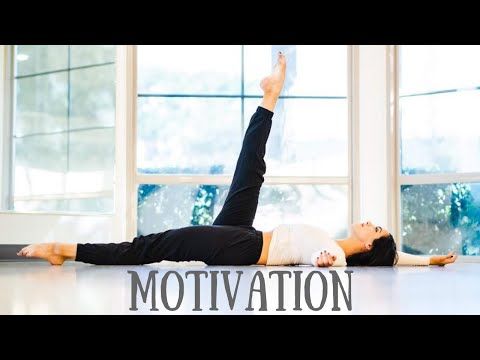
All this slow process of learning 10 completely different dances competently alternates with a large number of various training, warm-up and developmental exercises, with physical training, yoga and classical choreography.
At each stage of training, children compete with athletes equal to themselves in terms of training, gaining points for a new dance class. Competitions are held both in separate programs (European or Latin American), and in all-around, when athletes compete, performing all 6, 8, or 10 dances.
Participation in official championships makes it possible to obtain sports ranks and titles.
- In fact, only after mastering all 10 dances, the young athlete is born as a DANCER !
It is from this moment that they begin:
REAL BALLROOM DANCES!
What do ballroom dances give to children?
1. Physical development
- Young dancers can be seen by excellent posture , beautiful gait , grace and determination.
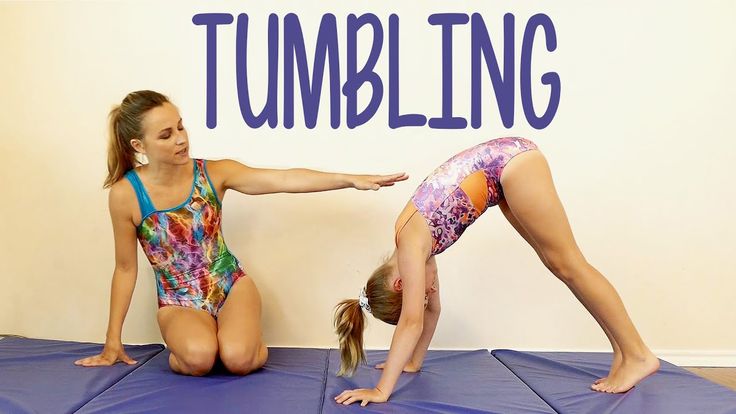
- Sending a child to ballroom dancing, you will give him not only an exciting activity for many years, but also good physical health .
- Ballroom dancing will increase the child's endurance, improve the functioning of the cardiovascular system , strengthen muscles , develop stress resistance , improve motor skills and coordination of movements.
2. Personal development
In addition to physical development, modern ballroom dancing for children contributes to the comprehensive development of personality - regular training in the dance hall:
- Helps to overcome their own fears and complexes
- They liberate children, make them self-confident
- They teach composure and discipline
- Unlock the creativity of children
3.
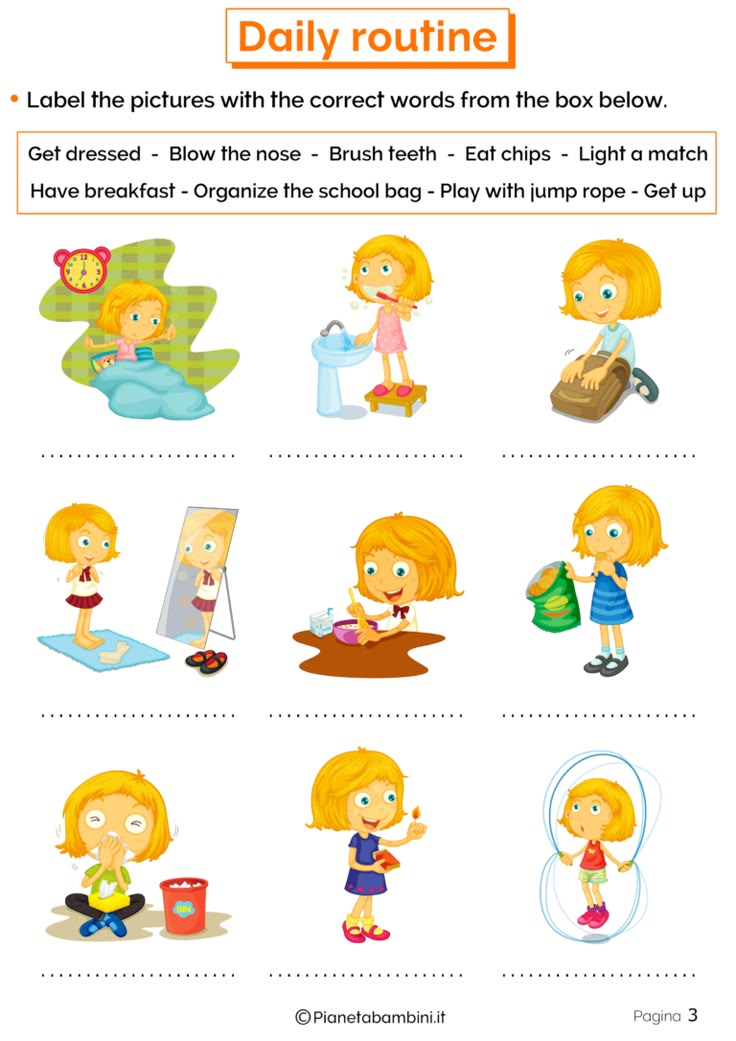 Development of musicality and musical taste
Development of musicality and musical taste Ballroom dancing will teach children to listen attentively to music , to be extremely rhythmic and to express their musical impressions in meaningful movements accessible to children - such skills and knowledge are essential for the harmonious development of a child.
Hits by Frank Sinatra and Louis Armstrong (for foxtrot), Elvis Presley, Chuck Berry and Ray Charles (for jive), the best classical works arranged for waltz and tango - all these are children is heard already from their first steps on the dance floor.
They dance to this music!
In what other sport is this possible?
It is not difficult to guess how much such a "classic of the genre" raises the level of the child's musical preferences and his intelligibility in music .
4. Aesthetic development
Among other things, ballroom dancing is the most beautiful sport that forms the correct aesthetic taste .
Properly staged children's choreography dances, well-thought-out dance costumes , magnificent music selected from the best world hits - all this contributes to the aesthetic development of a child.
5. Social development
Ballroom dancing is one of the few sports that allows a positive experience of communication between a boy and a girl in the process of their joint work, making them command to achieve a common goal.
Young dancers:
- Easy to adapt to society,
- Communicate freely with other people,
- They are distinguished by a developed intellect and curiosity.
Dance sport for boys? Yes!
If you only knew how many talented guys have suffered from the hackneyed stereotype “dancing is for girls”! The world has lost hundreds, maybe thousands of great dancers!
The trouble is that some fathers are simply convinced that a boy, in order to become strong and courageous, must engage in exclusively "male" sports - wrestling, boxing, football, at worst swimming.
Well, if it's dancing, even sports, then the son, allegedly, can grow up to be effeminate, or even, sorry, even gay!
Such "concerned" fathers would like to ask:
do you know what attitude to dancing was in tsarist Russia?
- The ability to dance for a man of the nobility was valued on a par with the ability to handle a horse, pistol and sword.
- Dancing skill was obligatory for any educated person, and special attention was paid to this issue in every more or less wealthy family from childhood.
- The first thing that wealthy parents did for their children was to hire individual teachers of foreign languages and dances.
- The ability to dance did not prevent the boys from growing up as noble, fearless officers and, at the same time, being gallant cavaliers, subtly understanding the world of ladies.
In modern sports dances, the loads are such that they are not inferior to Olympic sports , with the only difference that dance sport is much less traumatic and training (from children to youth and adults) takes place with a gradual, physiological increase in load.
- Boys , in addition to excellent physical shape, dance classes help to become more organized and responsible .
- Young dancers who go in for dance sports differ from their peers in that they perfectly find a common language with girls .
- From the very first lessons, they learn to understand their partner and understand female psychology. They form respectful attitude to a woman, the ability to find a compromise with a partner.
And, as a result, already from adolescence - success among the fair sex !
· By the age of 14-15, children already stand out with a beautiful relief figure , since the loads are quite high and varied.
· They have an exceptional sense of style , as their social circle develops the habit of paying attention to their appearance.
Dancers lead a healthy lifestyle because they train almost every day and they just don't have time for "nonsense" and socializing with "bad" companies.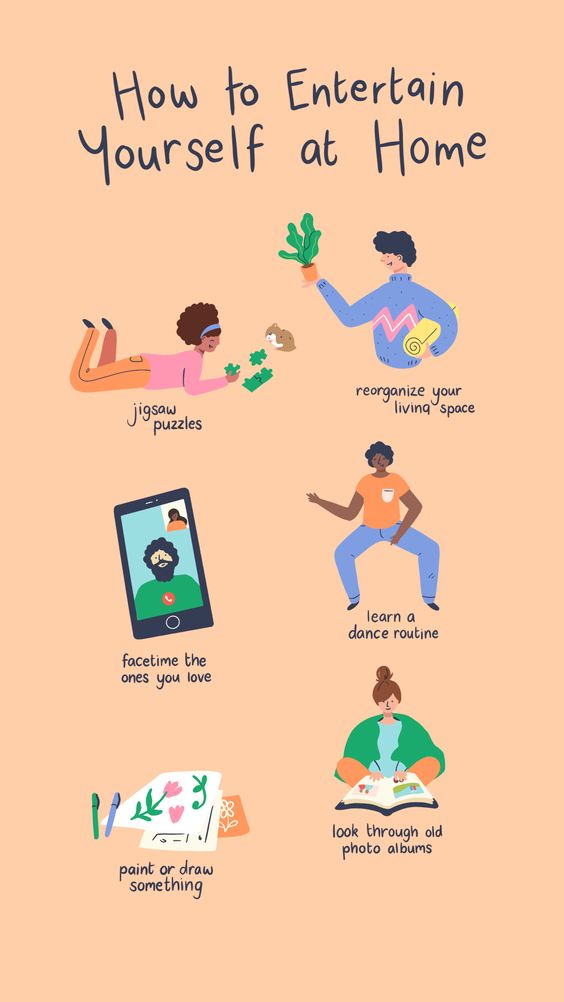
· Most of the Tanzorov children owns English , since motivation is very strong-the possibility of the presence of eminent foreign teachers and travel abroad for competitions.
The basis of ballroom dancing is pair dancing. The boy is a partner, and by definition cannot be effeminate. In a couple, the most difficult role is entrusted to the partner - MANAGEMENT and DECISION-MAKING!
Partner is responsible for the musical, technical and power line of dance. It is from his leadership qualities, as in life, that it depends on how successful his couple will be.
Do not hesitate, dear dads:
dance sport will bring up your boy as a real man!
And if later your son chooses a different occupation for himself, he will many, many times with gratitude remember ballroom dancing, which laid the reliable foundation for his successful career.
Remember - first sports dances, then everything else!
Ballroom dancing is the best for girls!
There are things about the benefits of which for the child is not worth even arguing.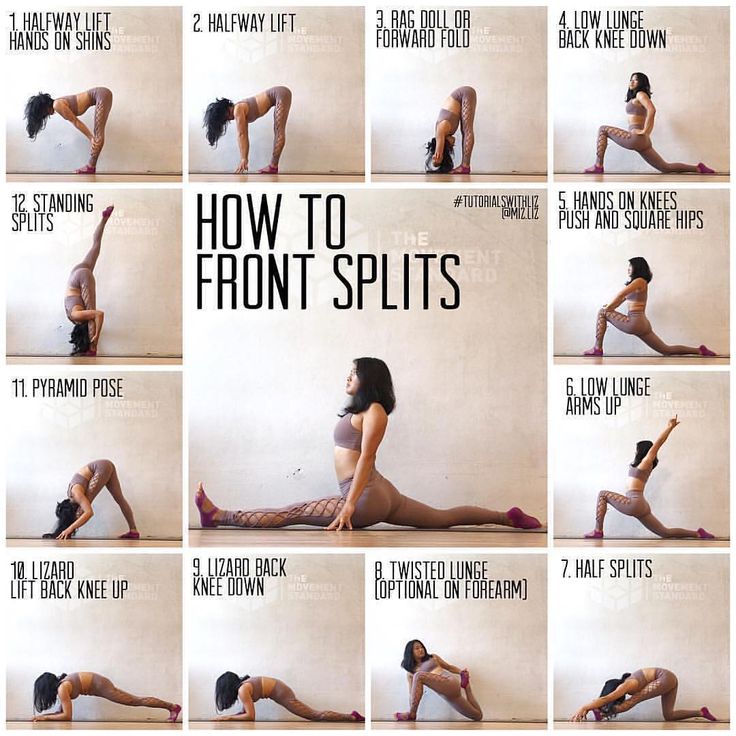 There is simply no need for this!
There is simply no need for this!
At all times ballroom dancing has been and remains:
the most popular and fashionable activity for girls!
- This is a unique opportunity to learn so many things at once - starting with a beautiful walk , royal posture and gracefulness , ending with the ability to “feed” oneself in society.
- The result of regular classes and numerous performances will be a good figure , plasticity , excellent physical shape .
- Girls - dancers are distinguished by a rare ability to learn everything quickly , they are sociable , sociable , self-confident .
- For their peers, ballroom dancing girls often become "style icons".
- They have excellent taste, sense of rhythm, developed musicality , they freely keep in any company and, at the same time, lead a healthy lifestyle .
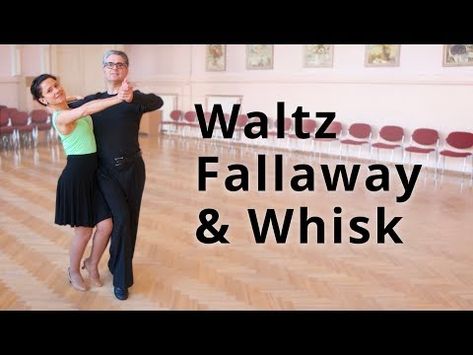
Sports dances radically change even the most shy and withdrawn girls , developing in them those qualities that will help them be successful in adulthood.
Arts & Sports
- A unique fusion of arts and sports, modern ballroom dancing is gaining incredibly popular all over the world .
- Art in its essence, based on the richness of classical and modern choreography, they instill in children the impeccable taste of , and the competitive component makes them real athletes of .
- For this reason, the parents of children involved in sports dancing do not know the problems with many hours of "freezing" of their favorite children on the phone or at home computer.
- The magic of live dance art and the emotional atmosphere of sports performances are stronger than any virtual reality…
And no wonder!
- Championships of cities, regions, national championships, world championships are held in ballroom dancing.
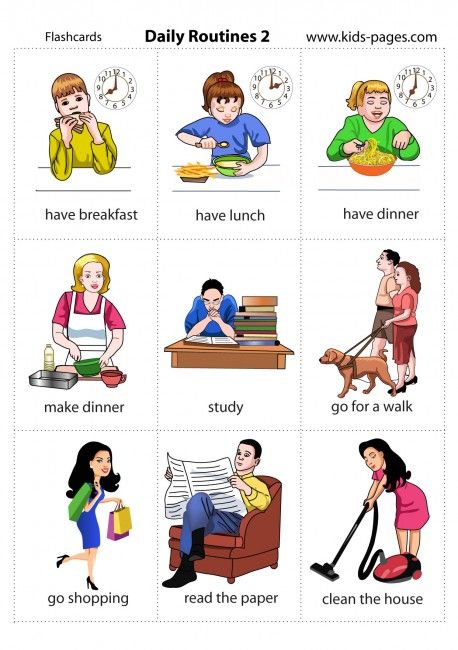
- The Ministry of Sports of the Russian Federation accredited ballroom dance as dance sport .
- Successful performances of children in dance sport competitions result in sports categories (youth and adults) and sports titles (candidate for master of sports, master of sports of Russia), giving additional points and bonuses upon admission to the university .
Recently, a large number of commercial dance schools have appeared, the only task of which is to make money on clients.
It is impossible to get deep, fundamental knowledge and gradual development of a child in such schools. When choosing a place for classes for your baby, you must clearly understand the following :
a) No beautiful interiors and convincing speeches of the dance school administrator are a guarantee of its quality .
b) If the school you came to is not part of a dance and sports club, and TSK, in turn, is not a member of a sports federation accredited by the regional Ministry of Sports, you are simply throwing money down the drain .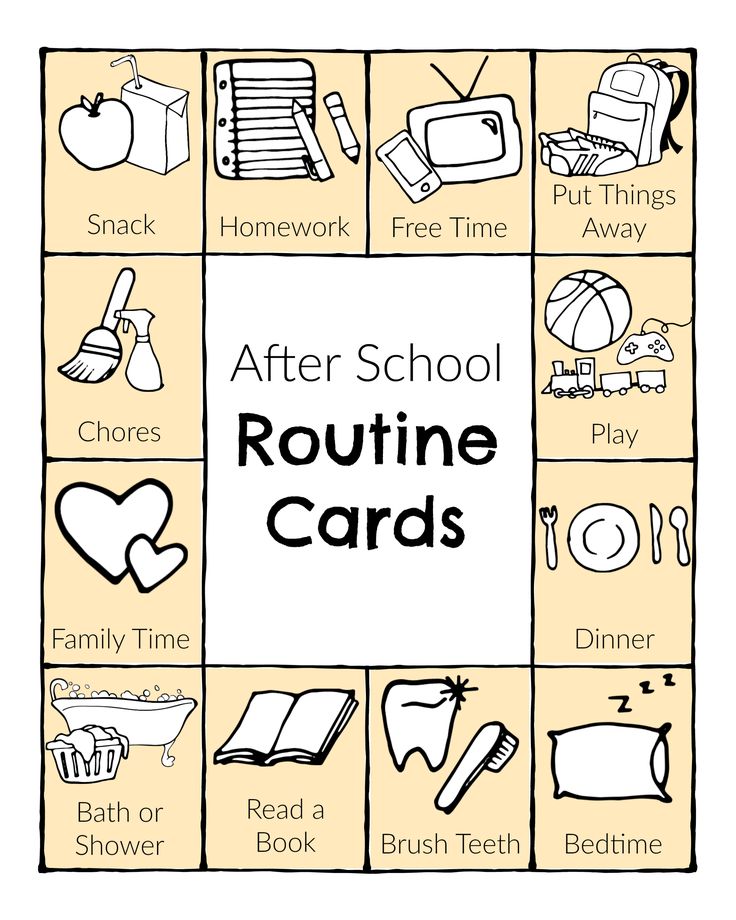
And one more thing - be sure to ask what is the history of the club in the achievements of its students and what are the regalia of coaches.
Your personal trusted guide in the magical world of sports dances can become:
Dance and sports center "Style" Nizhny Novgorod
- TSC "Style" - 12-time winner of the rating of clubs in Nizhny Novgorod and the Nizhny Novgorod region.
- TSC "Style" - the leader among the clubs of the Volga Federal District in terms of the number of winners and prize-winners of the Volga Federal District Championships in all age groups.
- In the TSC "Style" the winners of the world and European championships, champions of Russia, numerous finalists of the championships of Russia, winners of major international competitions, champions of the Volga Federal District, champions of Nizhny Novgorod, masters and candidates for master of sports of Russia, dancers of international class.
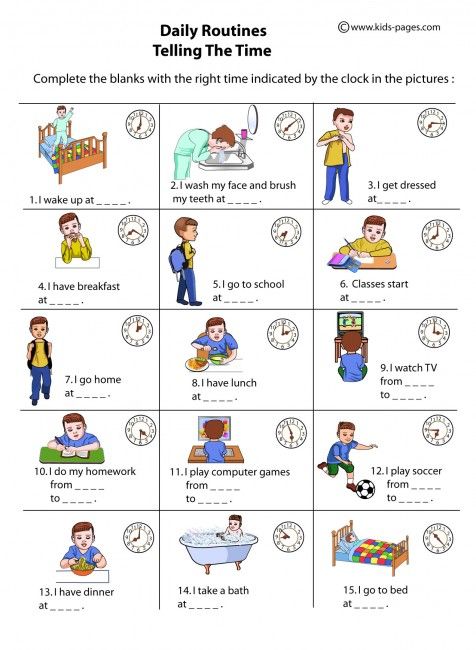
Such an incredible success of the Style shopping and entertainment center is the result of the daily work of an excellent coaching team, headed by Irina and Vladislav Slomchinsky , in the past - Champions of Russia ( the only ones in Nizhny Novgorod ) , and now - well-known specialists having the highest level of professional recognition in the world - international referee category of the World DanceSport Federation (WDSF) .
- The Stil shopping center is the place where you learn to work hard and win, to set difficult tasks for yourself and achieve their solution. This is the second home, where both children and adults feel comfortable, where the spirit of the team is strong and, at the same time, everyone feels like an individual.
- In STC "Style" the best conditions for practicing sports dancing in Nizhny Novgorod have been created.
